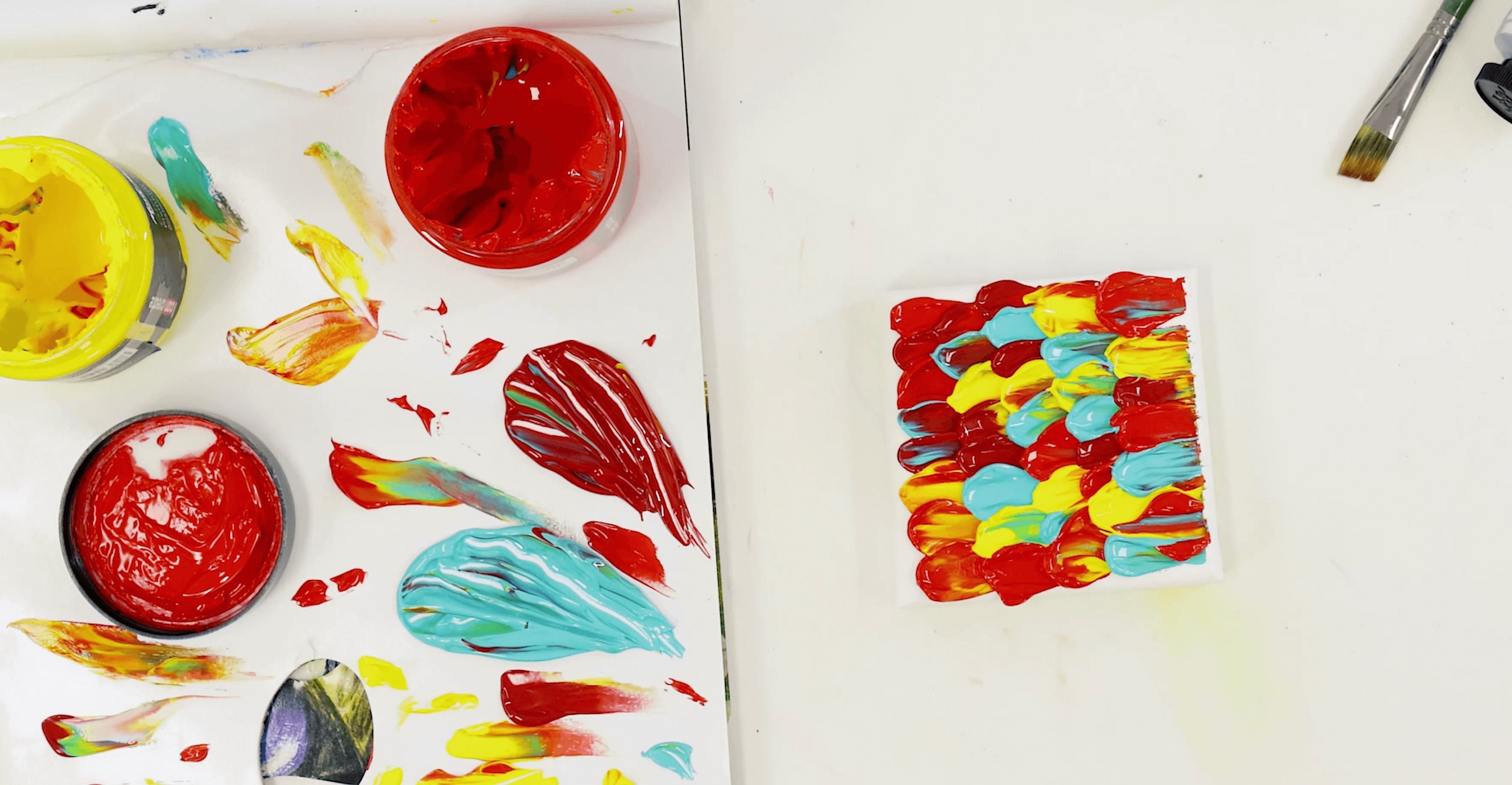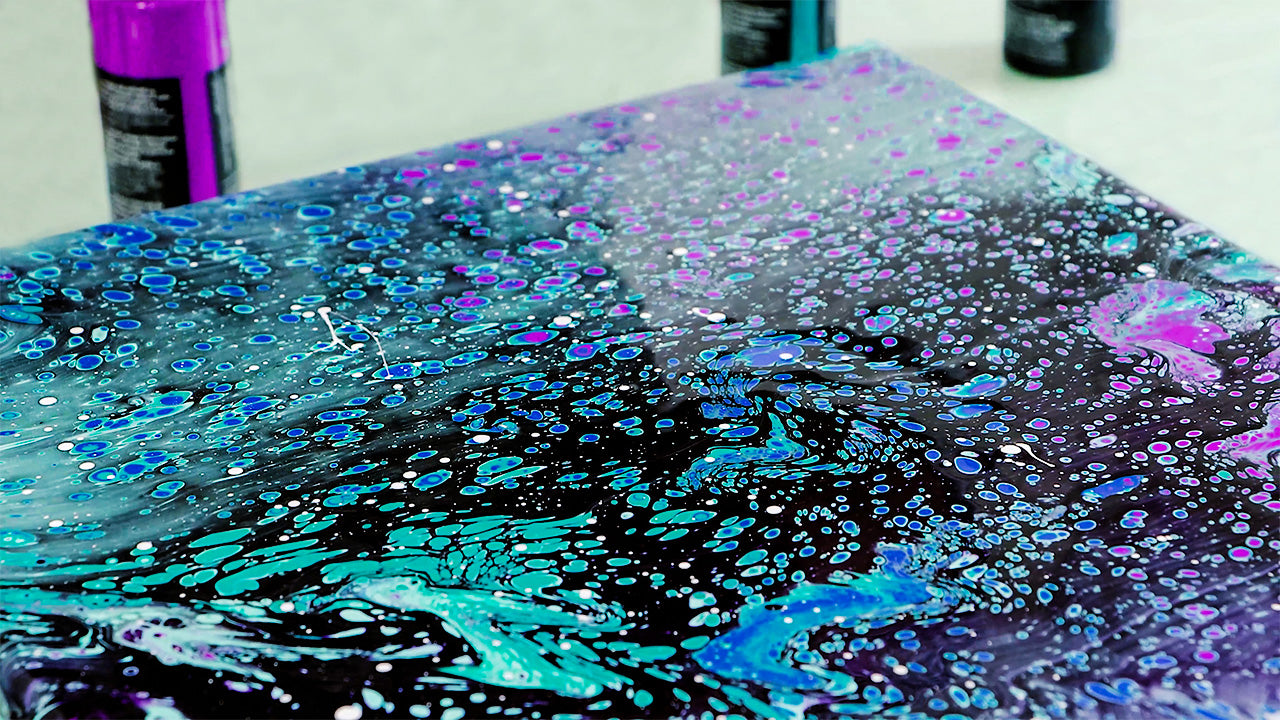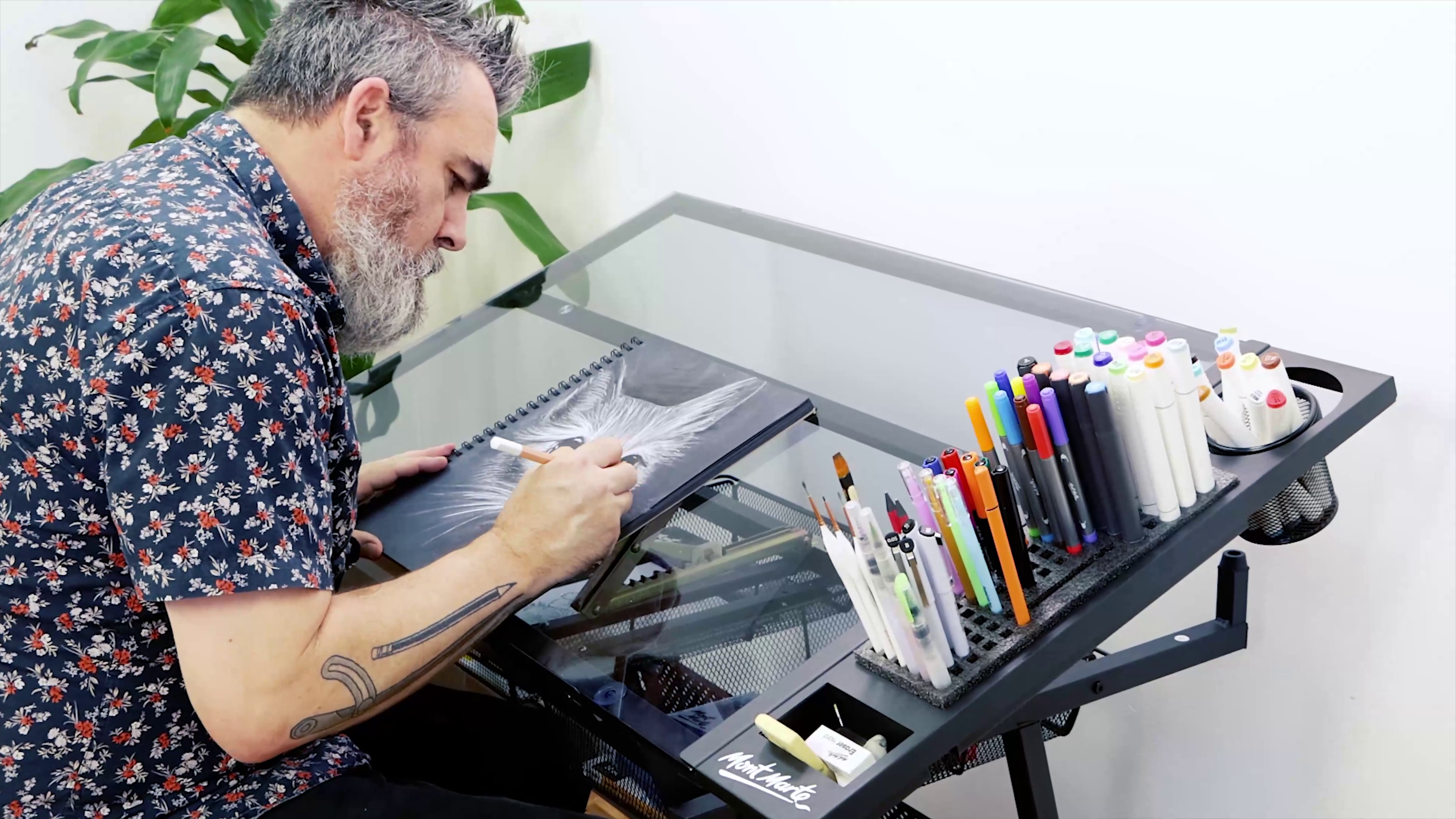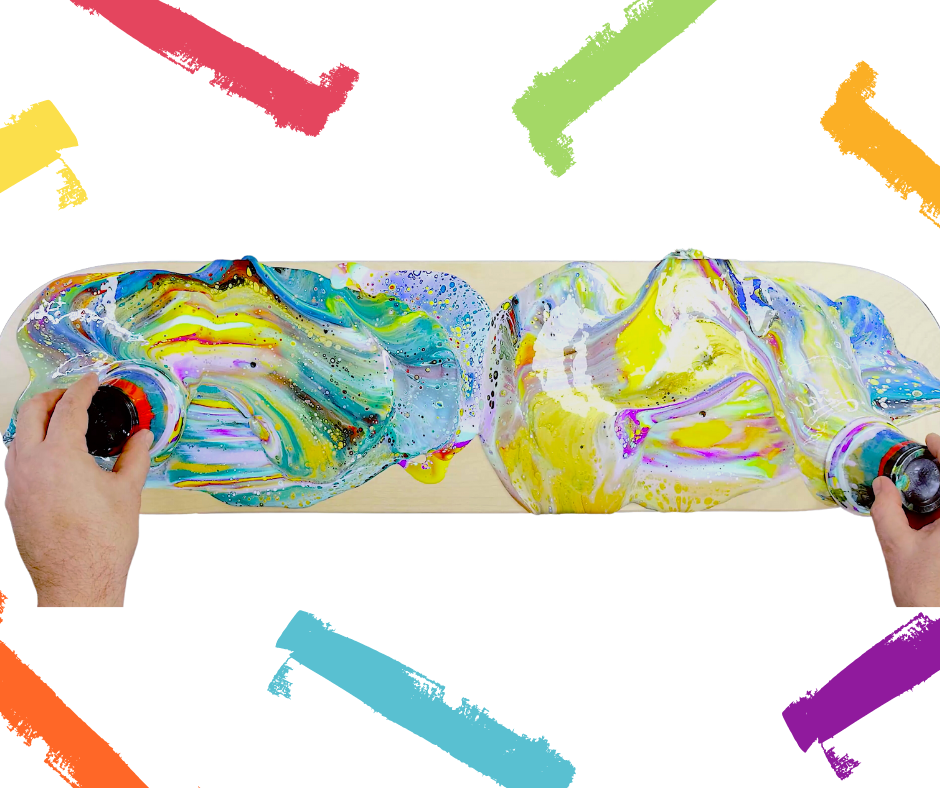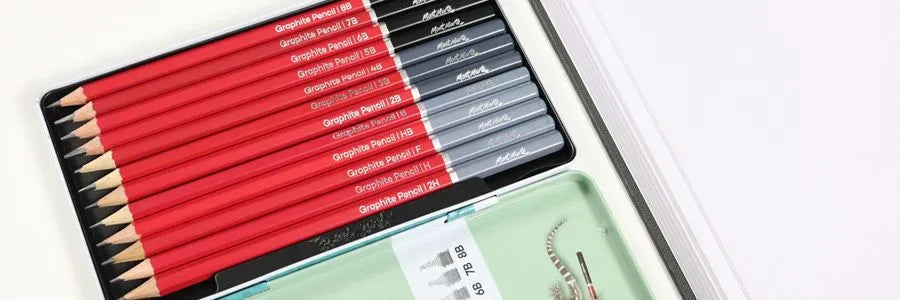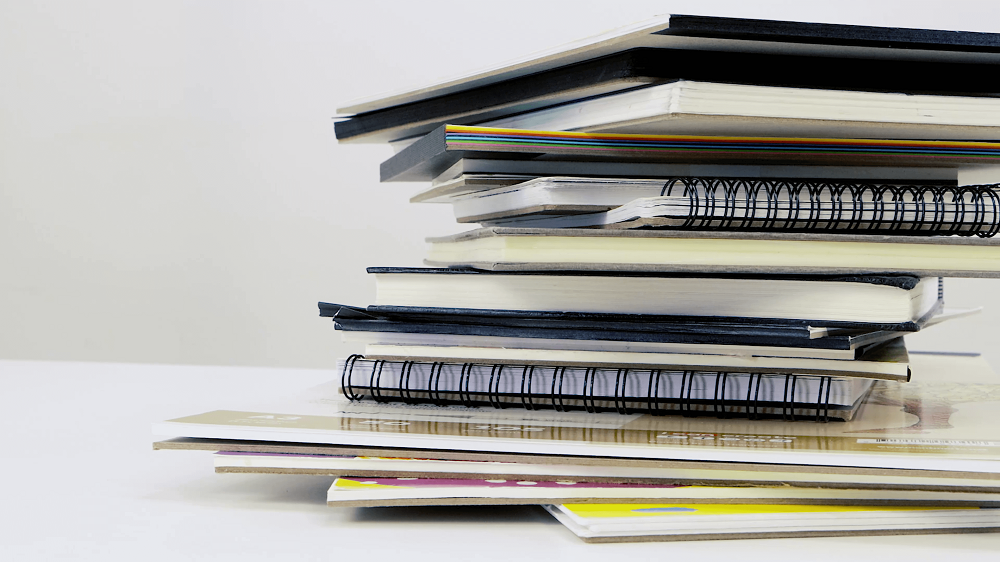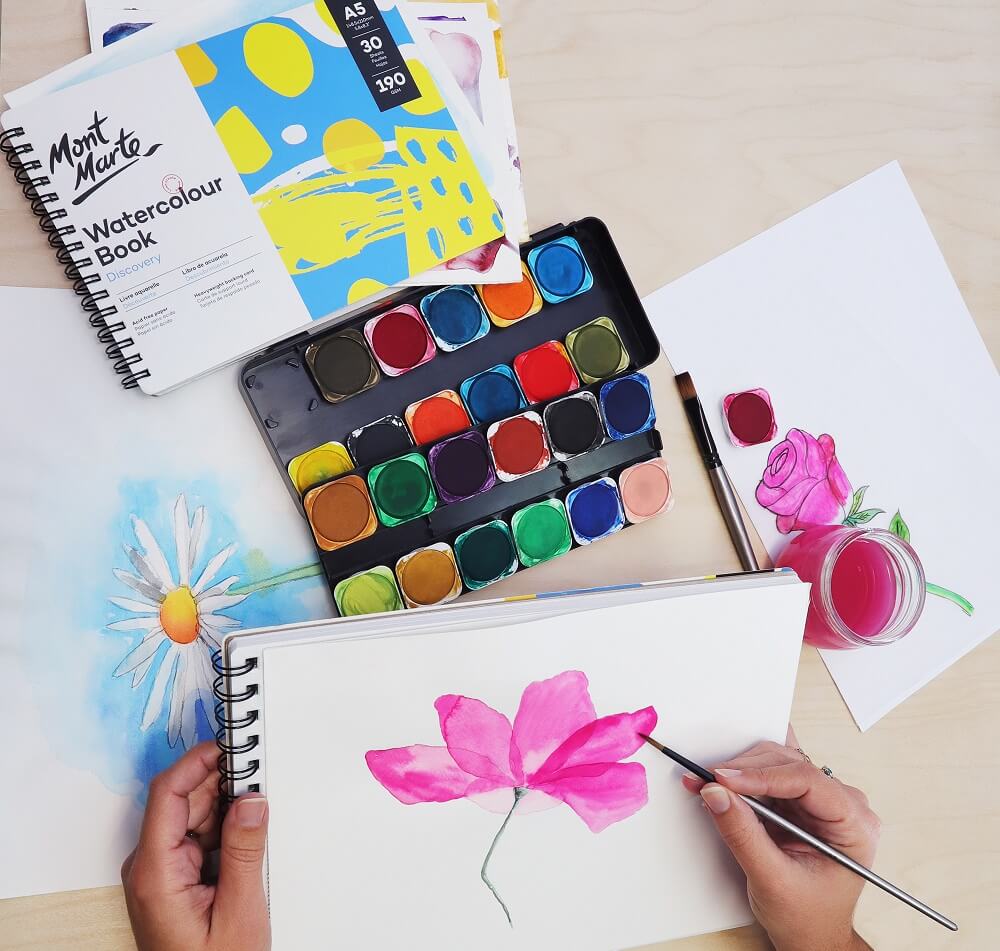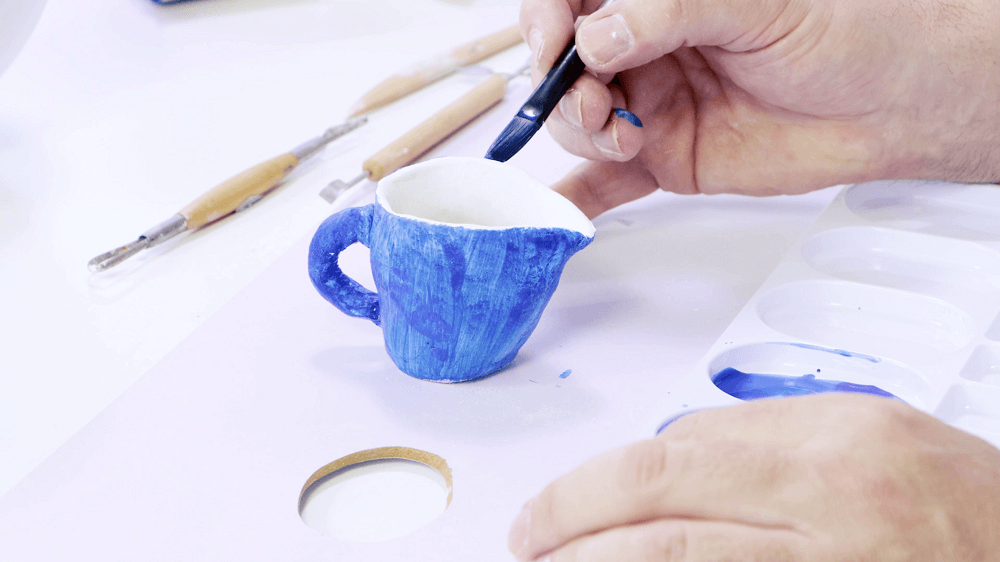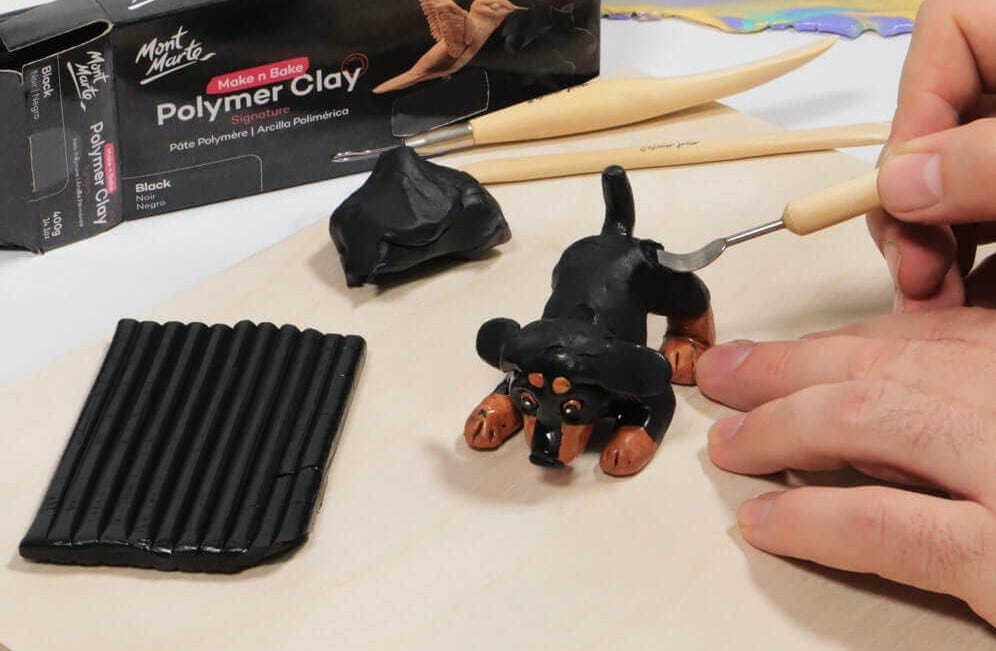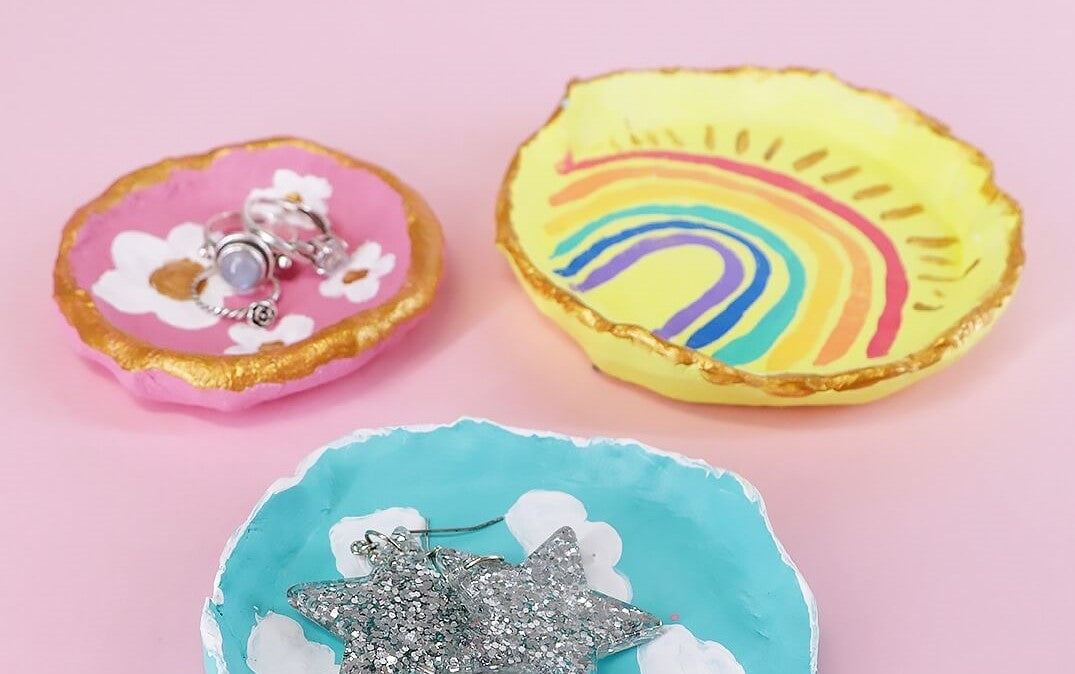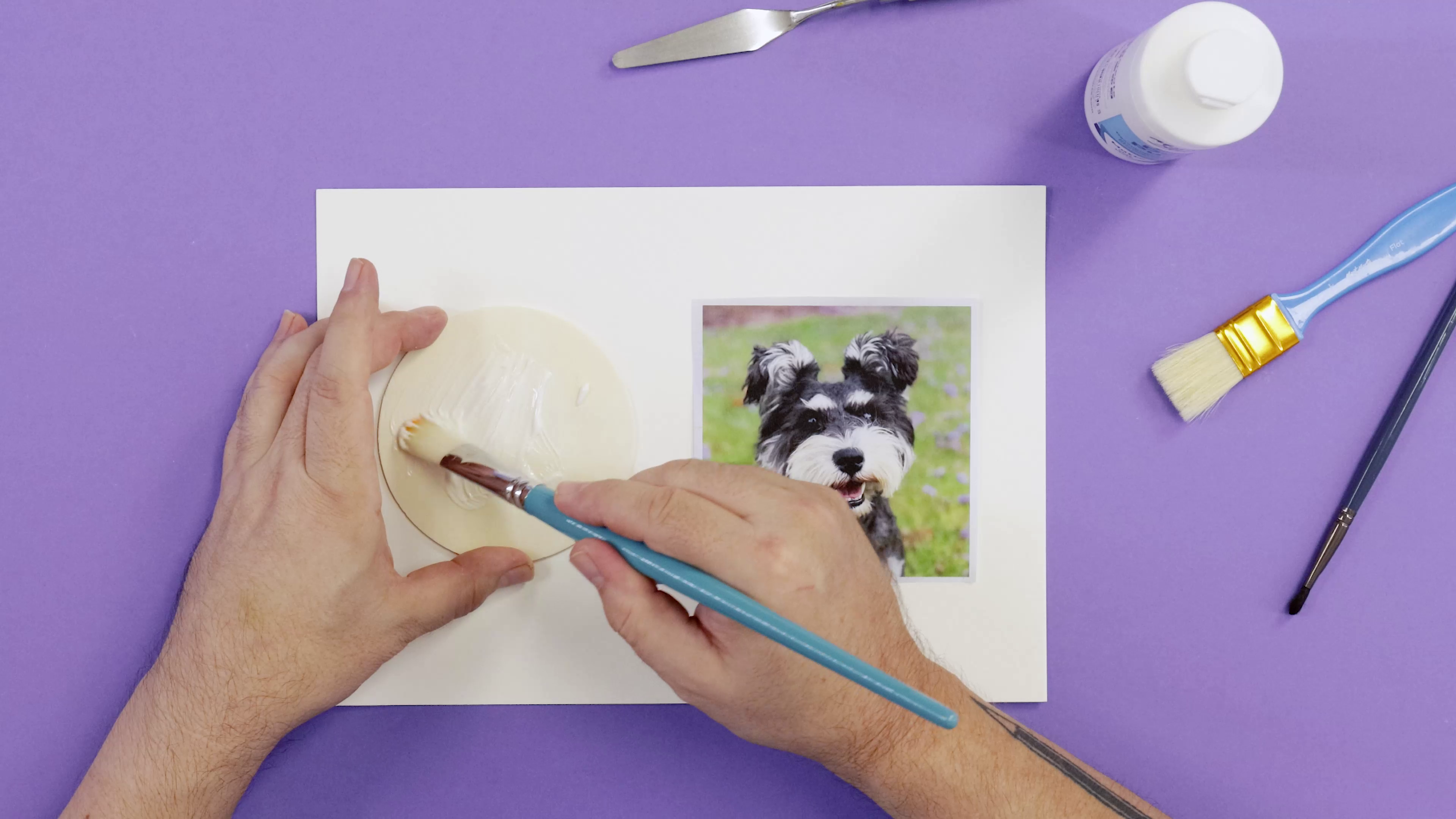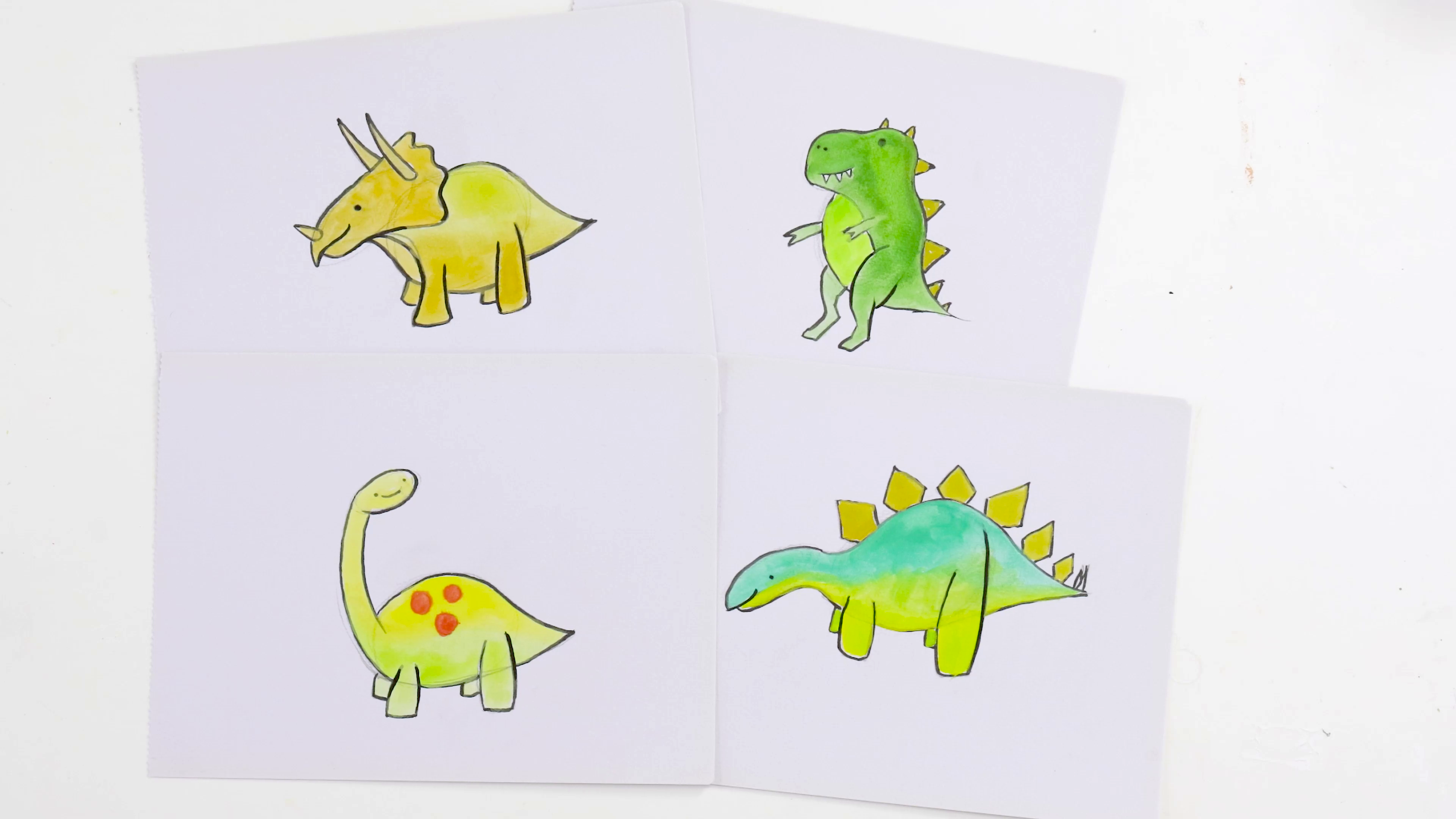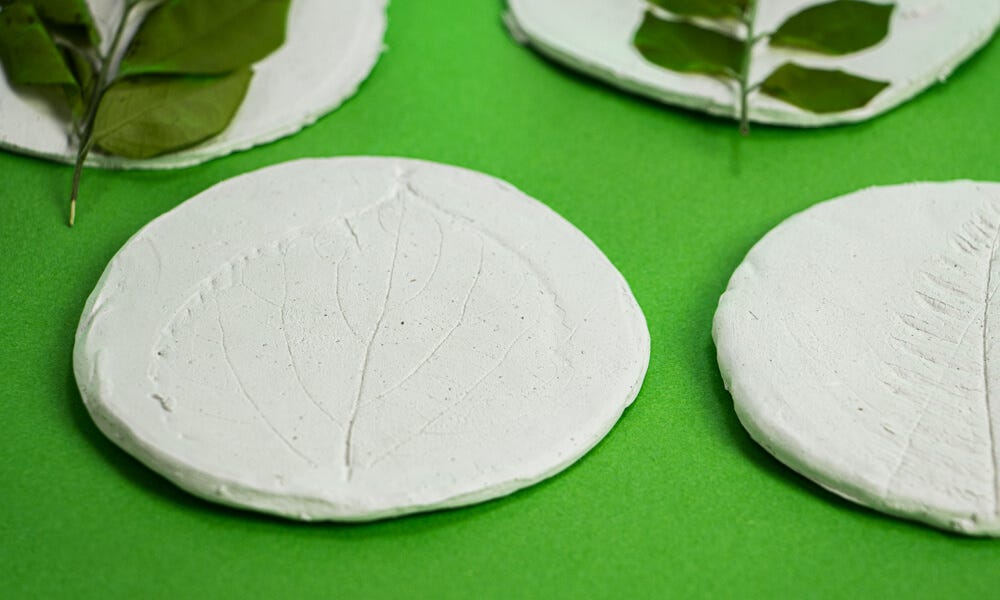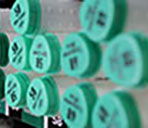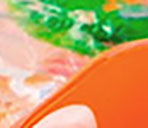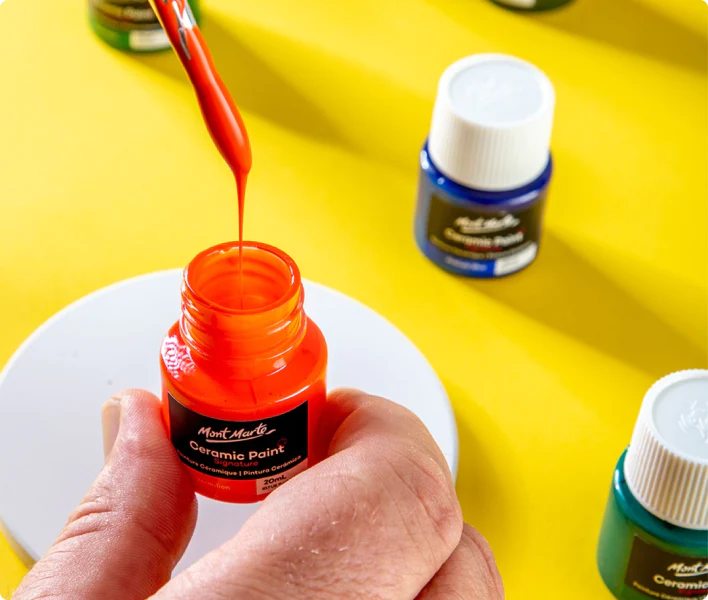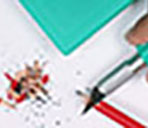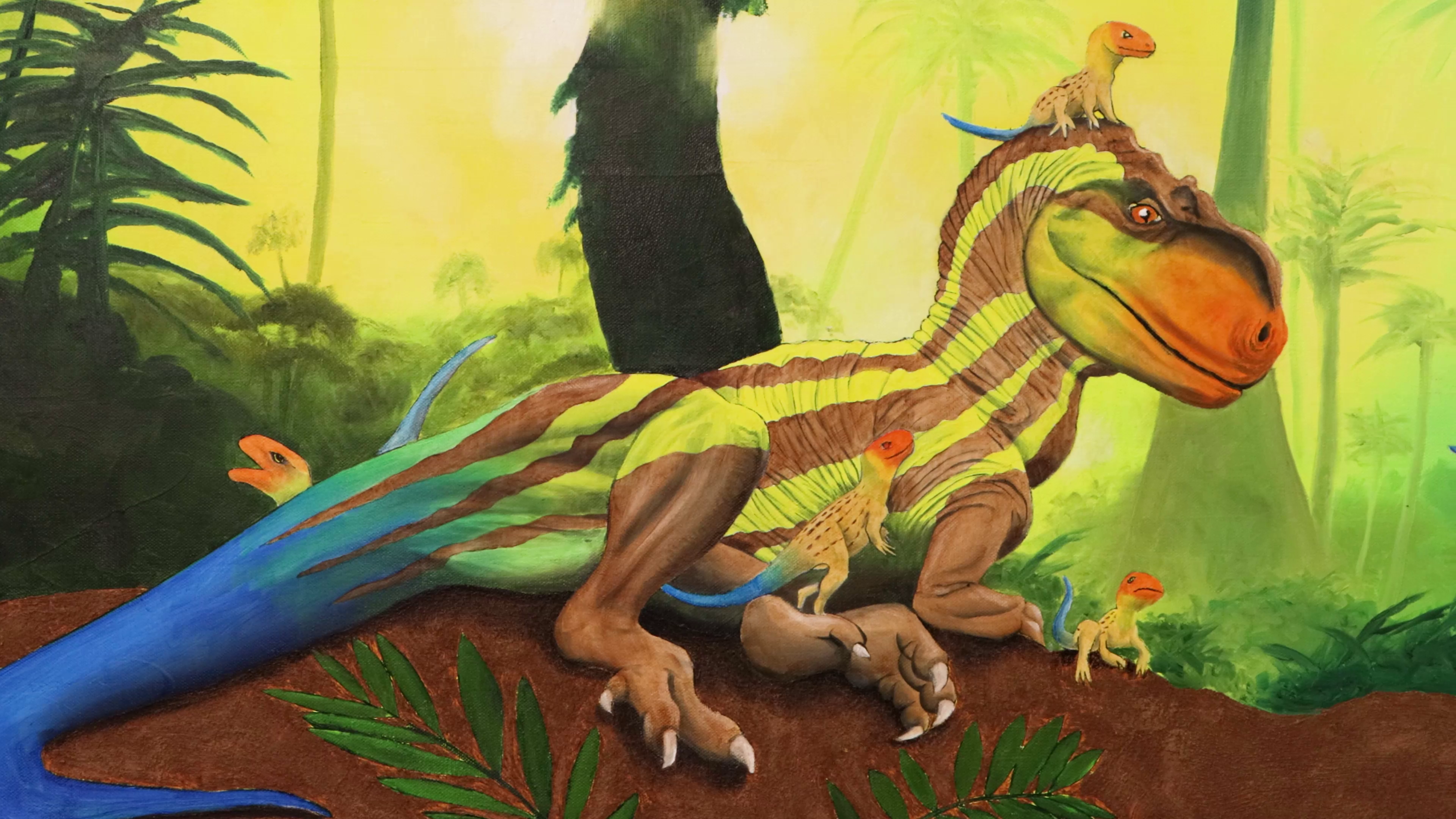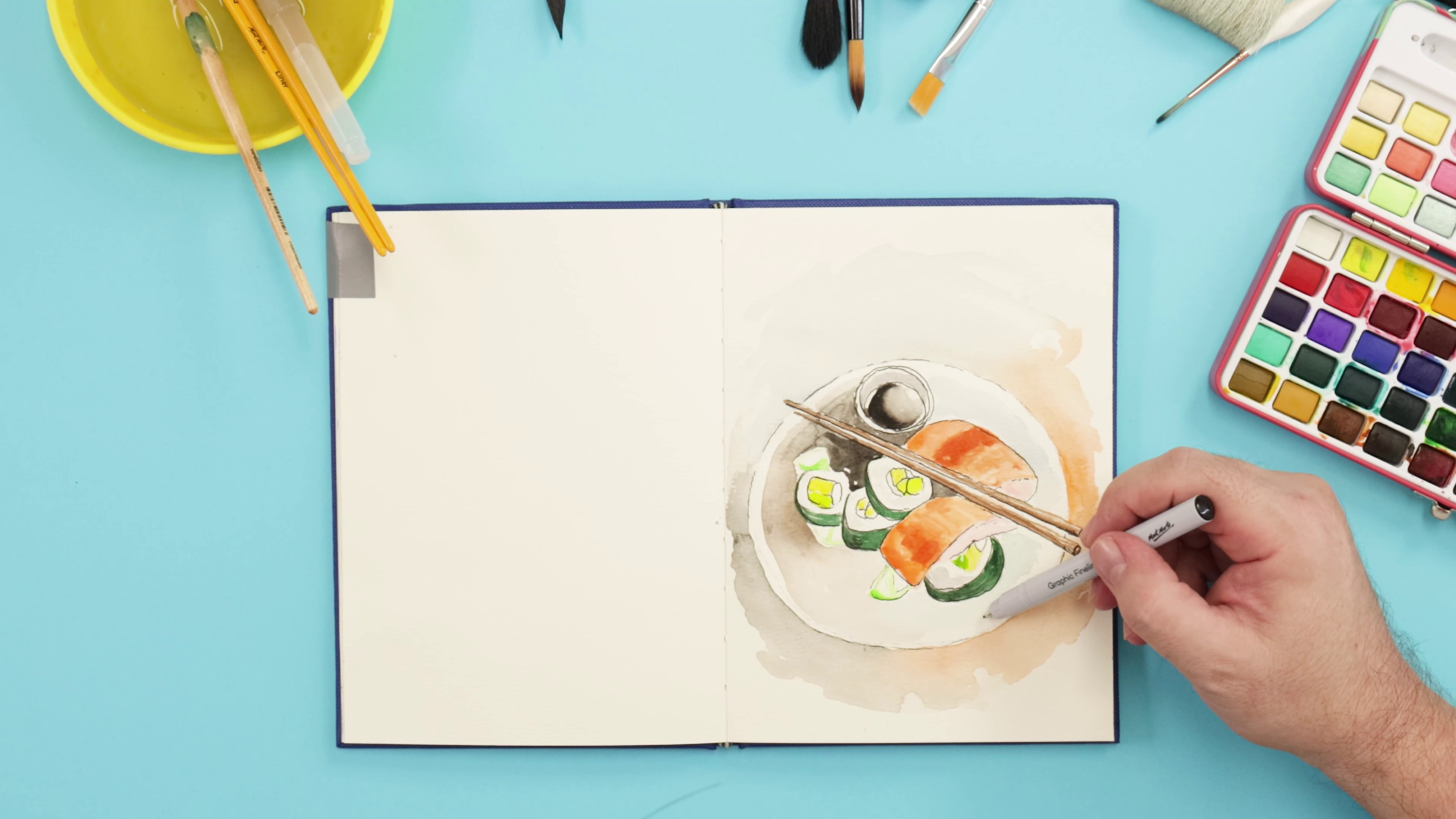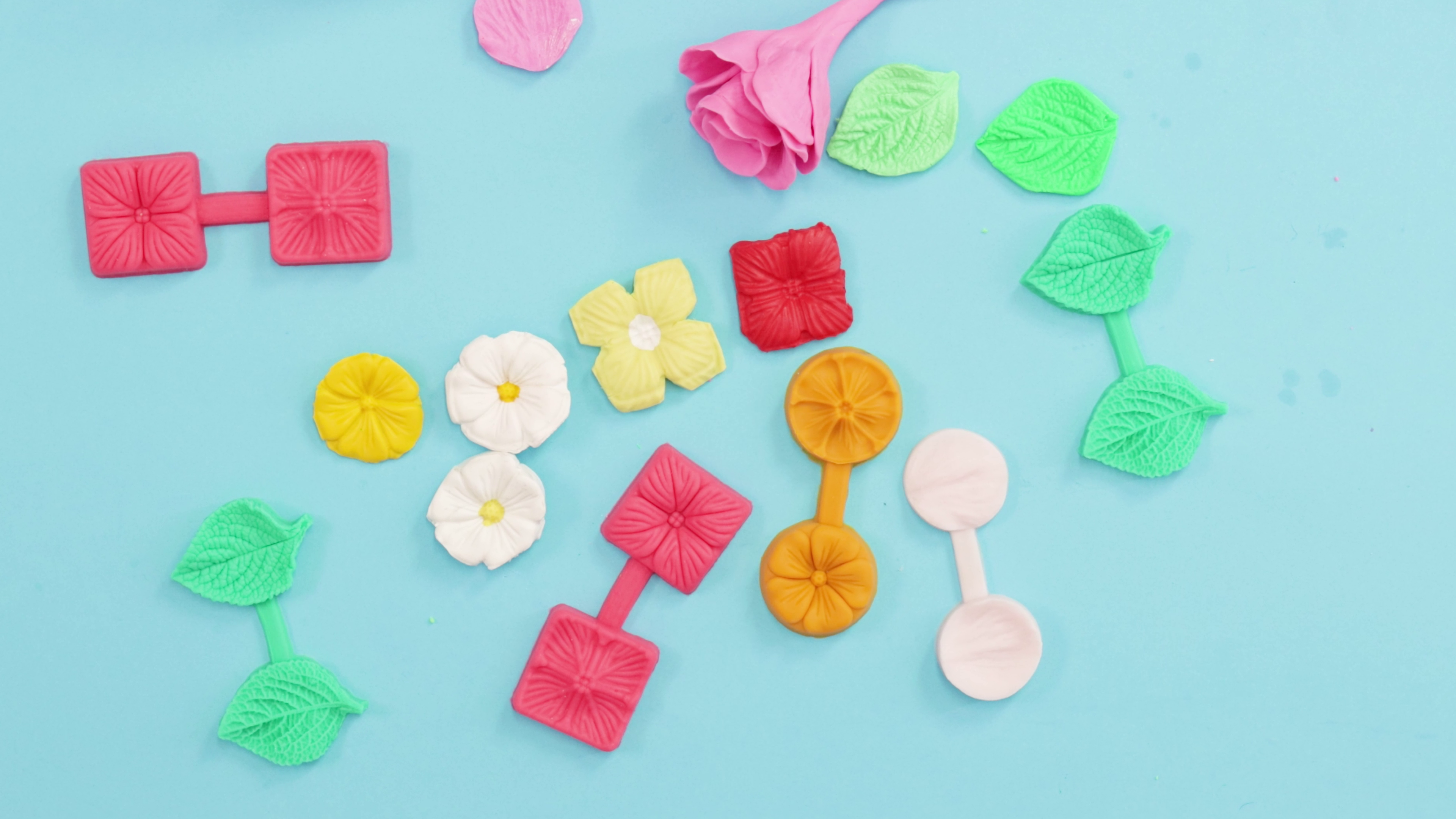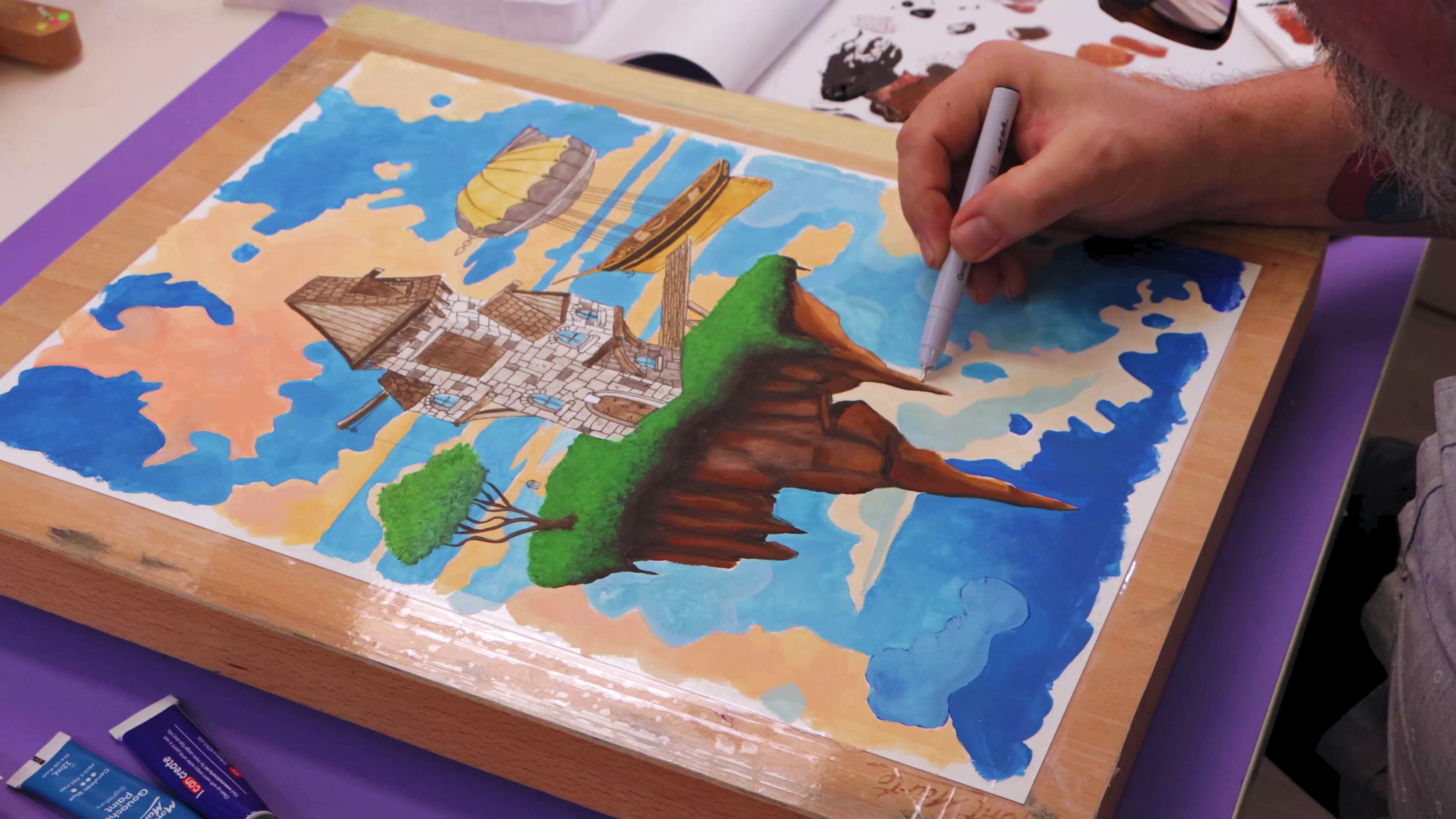Create a flamingo sculpture with polymer clay
In this tutorial, we’ll be taking you through how to sculpt a semi-realistic Flamingo sculpture with polymer clay! This project will involve casting the base with Plaster of Paris and creating a simple armature using threaded rod and wire coat hangers. To follow along, you can find the step-by-step guide below!
Extra materials you’ll need:
- 3/16 th threaded rod (also called a booker rod)
- 4 x 3/16 nuts and washers
- Aluminium foil
- A bowl
- A paper cup
- 2 x paper straws
- Roll of Gaffer tape
- Roll of clear tape
- Wire coat hanger
- Hand soap
- Pair of flat nose pliers
- Pair of scissors
- Pair of latex gloves
Use the roll of Gaffer tape as a mould for the base. Seal the cardboard inner core with Acrylic Gloss Medium.

While the gloss is drying, grab a 3/16 threaded rod and cut it to size using the printout under “Resources” on the lesson plan webpage. Fasten 4 nuts with a washer in between each. This will ensure that the rod will be securely encased in the plaster.

To ensure the plaster doesn’t stick, paint a thick layer of hand soap over the dry coat of Acrylic Gloss Medium.
So that the plaster is contained in the mould, tear off some tape and apply it across the bottom side of the tape.
Next, put on the latex gloves and mix up the Plaster of Paris in a bowl according to the instructions on the packet. Ensure it is free of lumps.
Once mixed, pour it into the tape mould and imbed the booker rod slightly off centre, into the wet plaster (ensure the end with the nuts and washers goes into the plaster).

Use the pliers to hold the booker rod in position until the plaster hardens. This will take 30 minutes but will take on average 24 to 48 hours to fully cure.

Once the plaster is cured, remove the tape from the bottom of the roll and gently push out the plaster plug.

Cut a straw to the length of the upright leg and slide it over the booker rod.
Create a support by tightly twisting a wire coat hanger together. We used a knob from an easel as a secure point to twist the wire together. Although it is quite long, it will be the support the neck as well.
Lay it over the printout and bend the wire to follow the form of the neck.

Use another booker rod and twist a length of coat hanger wire twice around the rod. Twist it tight to the rod using pliers. You may need to secure it to the table to keep the wire tight.

Screw the wire onto the booker rod and twist the leg and neck support onto it.

Cut another straw to length using the printout and slide this onto the other leg.
Trim the leg to size and then bend the leg to shape using the pliers.

Pack the body with aluminum foil and secure it with more tape.

Take the pack of polymer clay, condition it, and roll it until it is approximately 6mm thick. Wrap it around the body and join the edges together.


Roll some clay into a tube, cut halfway and then wrap it around the support of the neck.


Then, blend the neck onto the body.

The flamingo is then read for the first baking. Follow the instructions on the packaging for this. Once baked, let the sculpture cool down to room temperature.
Then, add the final layer of polymer clay. On a project like this, it’s best to create the neck first and whittle it away. This will determine the head and body size.

Using a hobby knife, keep carving the neck and head until you’re happy with the shape.

Add more play to the head and beak, and smooth it down using the handle of a paint brush.
Use the end of a paint brush to create the eyes of the flamingo.

Using the ball point tool, add the eyeballs.

Use a modelling tool to start adding detail to the top of the beak. It’s handy to keep reference images or a guide close so you can refer to these as you sculpt.

Add nostrils onto the beak and smooth it off.
Roll out a thin sheet of polymer clay and fray one of the edges using a hobby knife.
Lay this over the flamingo’s body and smooth into the neck without bending the frayed edge.

Grab a modelling tool and create little indents in line with these frayed edges. Continue these lines past the feathers and onto the rest of the body, keeping the lines loose.

Use a wire brush to rough up some of the areas, including up the neck and the top of the head.

Use a pin tool to add any fine details before brushing off any excess clay.

Add a bit of clay to each kneecap and smooth it into the straw.

Add a bit of clay to the top of the foot, and then a longer piece on either side of the foot to create three toes. Smooth the ankle into the foot and keep the three toes defined.

Back the sculpture for 45 minutes and you’re done!

Material List
- Plaster of Paris Signature 1kg
- Acrylic Medium Gloss Premium 250ml (8.5oz)
- Artist Brush Taklon Filbert Premium 16
- Precision Craft Knife Signature 3pc
- Sculpture Tool Set Signature 39pc


